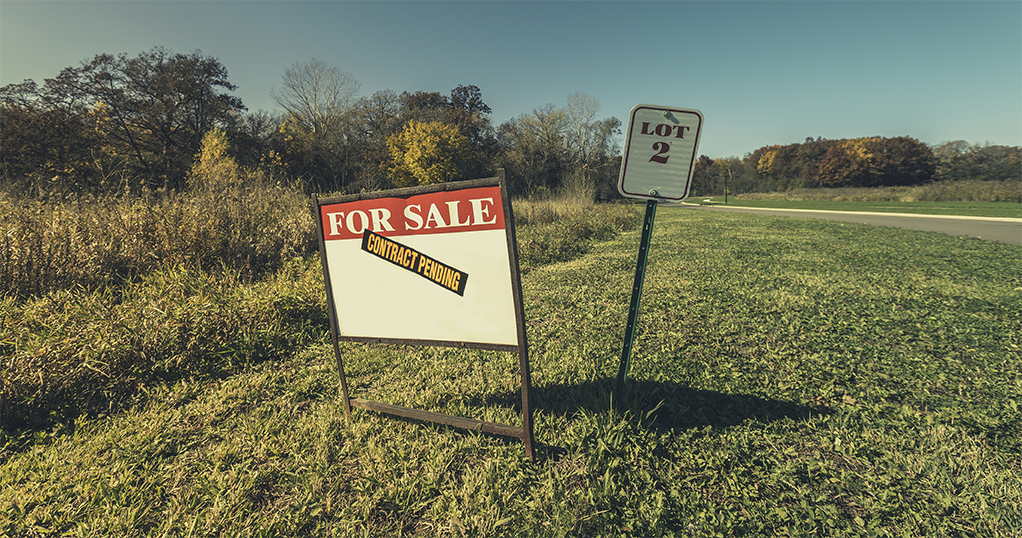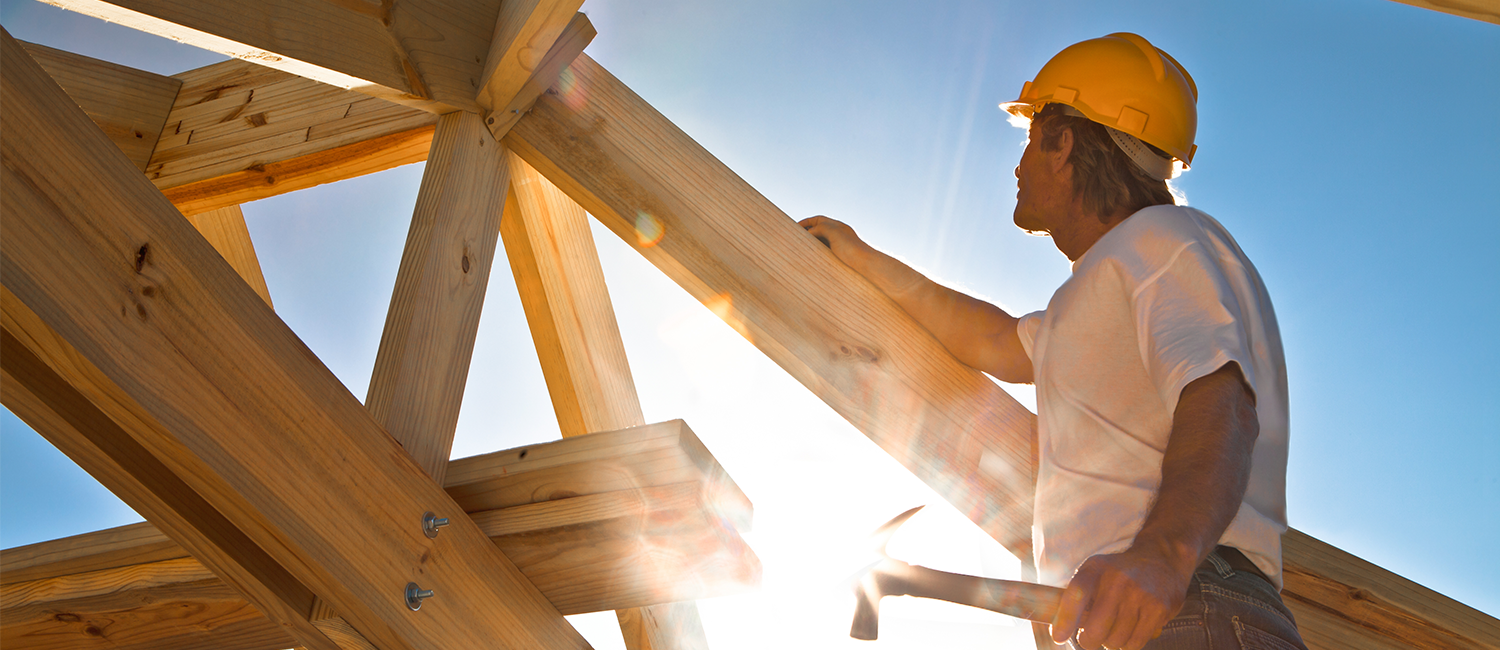Unrealized Housing Supply in Chicago
Take Chicago, for example. A 2016 study by the John D, and Catherine T. MacArthur Foundation found that 48 percent of Chicago residents reported that they were spending more than a third of their income on rent or a mortgage. Recent data shows that Chicagoans housing costs are only rising. In August 2017, the median price of a home in Chicago was $285,000, and increase of 5.2 percent over the previous year. Supply is depressed too. There were only 50,213 homes for sale at the end of 2016, the lowest level since 2008. At the same time, however, the city of Chicago currently owns and manages 7,616 vacant properties that are zoned for Single family homes of two-flat/ townhouses. An addititional 1,096 vacant lots are listed for sale on Zillow. All told, that is 8,712 potential homes that could increase supply, relieve pressure on affordability and increase porperty tax revenues.
New Construction Lags Growth
So why are properties laying vacant when there is such a desperate need for aditional supply? Studies show that builders are not able to keep up with the demand for new homes as the economy recovers from the great recession and employment and wages increase. For example, between 2011 and 2016, Detroit only built one new home for every 6.5 new jobs created. To fill the supply gap over the next few years, builders would need to build 1.7 milion homes per year yet housing start projections are only 1.3 million and 1.4 million in 2017 and 2018 respectively.
Homebuilder Challenges
Builders are struggling to keep up for several reasons. First, some metropolitan areas have zoning policies or other regulations in place that make it difficult to develop vacant land. Many builders report backlogs and delays when applying for permits. Second, the construction industry is seeing a shortage of labor and subcontractors that is driving up costs and delaying projects. Third, while there is plenty of demand for housing, it can be difficult to convince buyers to purchase a new construction home. The process of arranging financing, finding a lot, planning a project and waiting for completion can deter potential buyers.
NAIHBR is a not-for-profit trade association that brings together homebuilders, contractors, real estate professionals, lenders and suppliers to promote development of vacant lots and address the challenges that hinder new construction. Our members have a strong interest in building value in their local communities. For more information or to join NAIHBR contact us at 855-733-8100.




